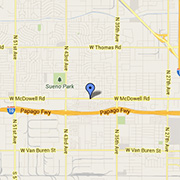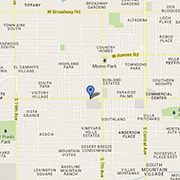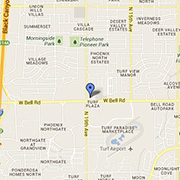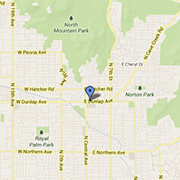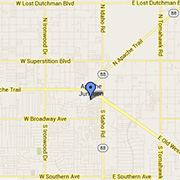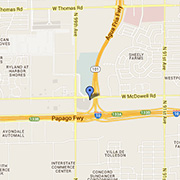It’s hard to imagine a routine dental procedure as being remotely life-threatening. Nevertheless, a trip to the dentist’s office stirs certain anxiety in many people. As adults we realize the slight discomfort we experience affords us much better ability in preserving oral health. But now serious concerns have been raised following the death of Marek Lapinski, whom reportedly died following a procedure to remove his wisdom teeth.
Marek Lapinski was declared dead as of March 24th after being administered anesthesia days earlier in a procedure to extract his wisdom teeth. The procedure was overseen by Dr. Steven Paul, DDS, of Temecula. Paramedics were issued to the scene when initial complications occurred to Lapinski, resulting in the patient transferring to Ronald Reagan UCLA Medical Center.
While the coroner has yet to release the official cause of death, there is much speculation over what went so terribly wrong during Lapinski’s routine dental procedure. Lapinski allegedly began coughing during the operation, threatening to complicate the delicate surgery. The surgeon then administered Propofol, a drug commonly used in conjunction with anesthesia.
Lapinski fell into cardiac arrest after being issued the drug. Additional reports indicate he potentially had a piece of surgical gauze impeding his airway. Lapinski’s sister later told reporters she believed her brother had gone without oxygen for a span as long as 10 minutes.
Lapinski was 24-years-old and a successful entrepreneur. He moved to the San Diego area to take part in creation of a high-tech military technology company that specialized in developing classified visual enhancement systems capable of preventing thousands of potential casualties.
The incident may cause further apprehension for some when it comes time to make their routine appointments, but such complications and occurrence are incredibly rare. Doctors always stress that surgical procedures carry an element of risk. A subsequent autopsy will ultimately be able to help prevent future incidents from ever occurring.




